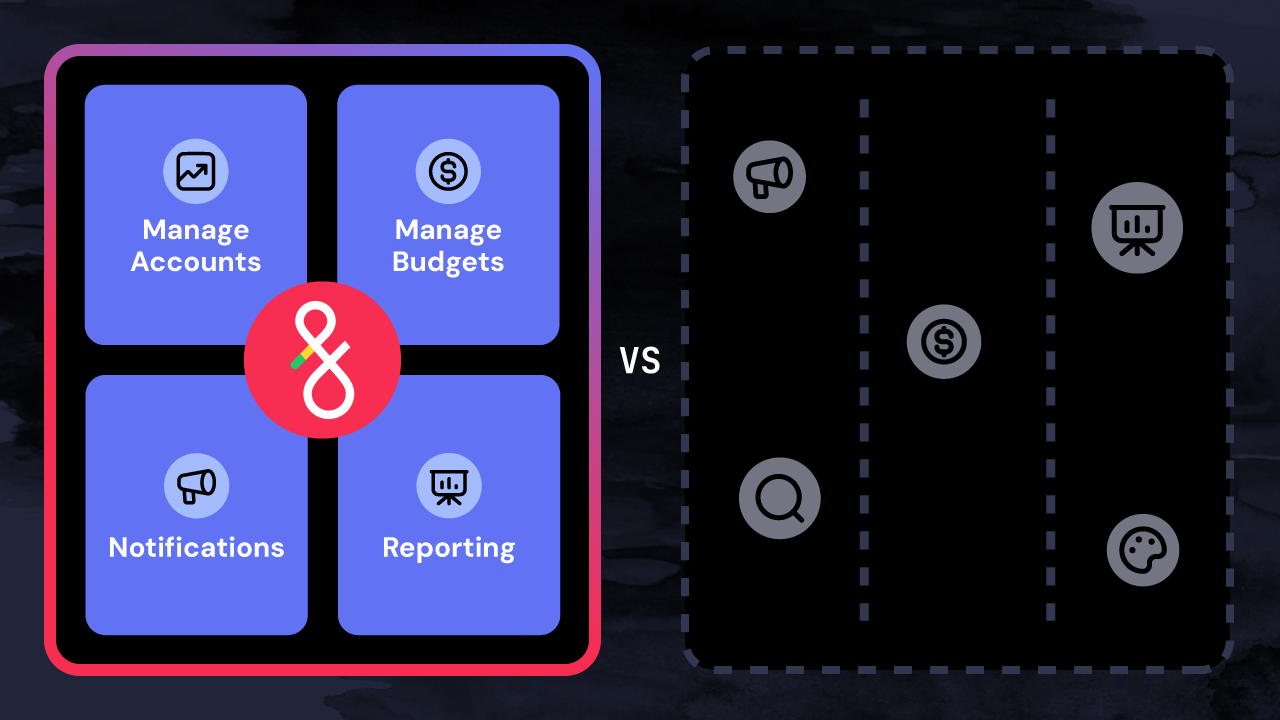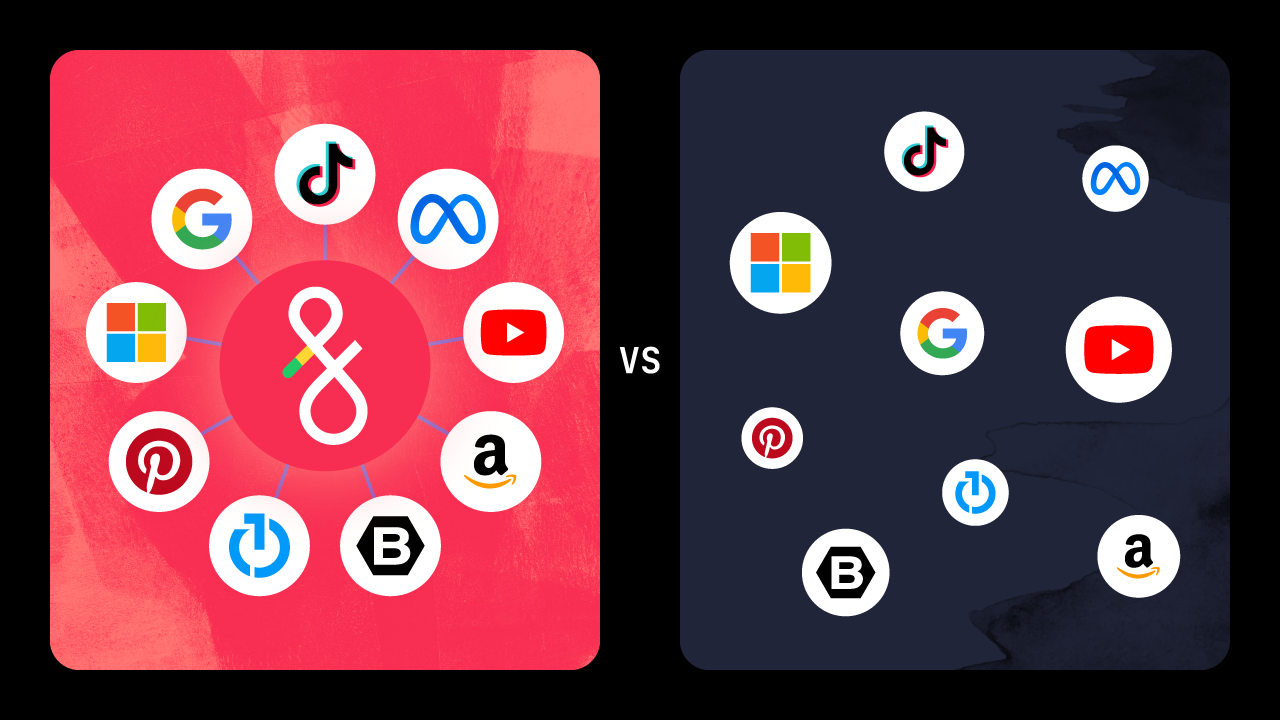Agencies everywhere are struggling with employee churn and backfilling positions; it’s no wonder companies that employ Robotic Process Automation (RPA) have happier employees.
According to a Forbes survey, companies that adopted RPA saw a 92% increase in overall employee satisfaction. The results of this survey are noteworthy but not surprising, since automation enables employees to finally shift their focus from routine task work to creating a meaningful impact across the business. Employers will also benefit, as an increase in job satisfaction equates to enhanced engagement and lower turnover rates.
The Legacy Agency Model Isn’t Sustainable for Business Growth and Success
If your organization hasn’t already adopted RPA, the following scenarios will be painfully familiar. Your agency is barely keeping up with staffing needs, or has fallen behind your staffing models, putting additional strain on existing employees that increases turnover and incurs a massive retraining cost. The existing employees on staff? They move from fire to fire, spending the overwhelming majority of their time doing low-value task work, such as tracking budgets on spreadsheets, performing endless minor change requests, fixing human errors in QA, clicking the same buttons again and again, and generally trying to keep their heads above water.
What gets left behind? Testing the latest features that drive product development, impactful conversations with clients, conducting marketing tests for performance improvement, and thoughtful consideration of the tactical implementations of agency strategy.
The legacy agency model worked for many years. However, the foundation that model was built for has shifted dramatically. What used to be a quarterly media buy has turned into daily optimizations. Healthy margins have been diminished by the sheer volume of channels under management. The "digital specialist" has become the search specialist, the social specialist, the conversion tracking specialist, etc. Coordinated messaging must now be aligned across thousands of ad groups and ad sets instead of three or four advertising spots.
What does a day in the life of a legacy agency model look like now? In short, it looks painful.

An RPA4A-Powered Agency Enables Mission-Driven Work
How does a forward-thinking agency combat this fundamental shift in the foundation of advertising? Technology is the obvious answer, and one that has been explored in depth over the last 15-20 years of digital advertising. However, another shift is already underway. Legacy automation solutions were built for legacy challenges, and those challenges have evolved.
The data explosion in the world is the driving factor of this shift. Today in your agency, you are sitting on mountains of data. There is data about your clients, data about the customers they are trying to reach, data being generated in real-time as prospects interact with the digital marketing campaigns you execute, data about the products and services they sell, etc, etc. There are also processes–another form of data–that have been developed by you and your teams to execute what is needed by your clients.
Legacy automation has generally been built to produce a static result, hundreds or thousands of times. It helps with the scale of your business, but sacrifices are required. Customized messaging for hundreds of locations? Not possible. Pulling the performance levers at a campaign by campaign level in response to client data? That would be a manual project. Implementing one strategy for rural locations, and then a completely different strategy for an urban location? Sorry, one size has to fit all. Additionally, your team's processes have to adapt to the technology limitations.
Is this simply a limitation of the technology itself? Is this the paradigm that we all must operate under due to some external and uncontrollable factor? Or is it time to fundamentally rethink how we collectively view what technology should do for us?
A Flexible Solution Adaptable to Your Unique Strategy
Robotic Process Automation for Advertising (RPA4A) is a fundamental redesign of the philosophy that drives technology decisions. It is a philosophy of flexibility over rigidity, of capturing and automating the best parts of your strategy and processes instead of dictating what strategy you have to deploy and the processes you must adopt in order to work within the confines of the solution.
Where legacy technology dictates how your digital advertising campaigns must be structured, RPA4A has flexibility at its core to adapt to your unique strategy. When legacy technology demands certain formats delivered a certain way before you can leverage your data, RPA4A is built to ingest data as it is in the real world; in many formats and delivered in many ways. Where processes are built around legacy technology to fill in the gaps manually, RPA4A mimics the processes your teams have decided are important, and executes them flawlessly, 24/7.
To put it simply, the most important question we should all be asking of our automation is this: "Do I have to adapt to the solution, or is the solution built to adapt to me?" RPA4A is the answer to the foundational shift.
Unlock Your Competitive Advantage with Fluency’s RPA4A Solution
Whether you’re a multi-national brand, an agency, or somewhere in between, Fluency’s RPA-powered platform helps organizations of any size realize their full potential quickly and effortlessly. Take it from our real-life client, Innocean—a global advertising agency spanning 19 countries. Innocean needed an advertising solution designed for speed-at-scale and quickly found that and more in their adoption of Fluency’s RPA4A solution. As a result of our partnership, Innocean scaled its customer base by an incredible 740%.
“Different solutions said the same thing about automation at scale, but when we peeked under the hood, Fluency could do it all.” said Caroline Villarroel, Group Digital Media Director at Innocean. “It was powerful for new social asset creation plus search capabilities. What also stood out was its customizable approach to cross tier, peer alignment for our industry, and the ability to cross-change budget between platforms—that was unique to Fluency. It’s a game changer when you have to do it thousands of times.”
Ready to learn more about Fluency? Book a demo today.






